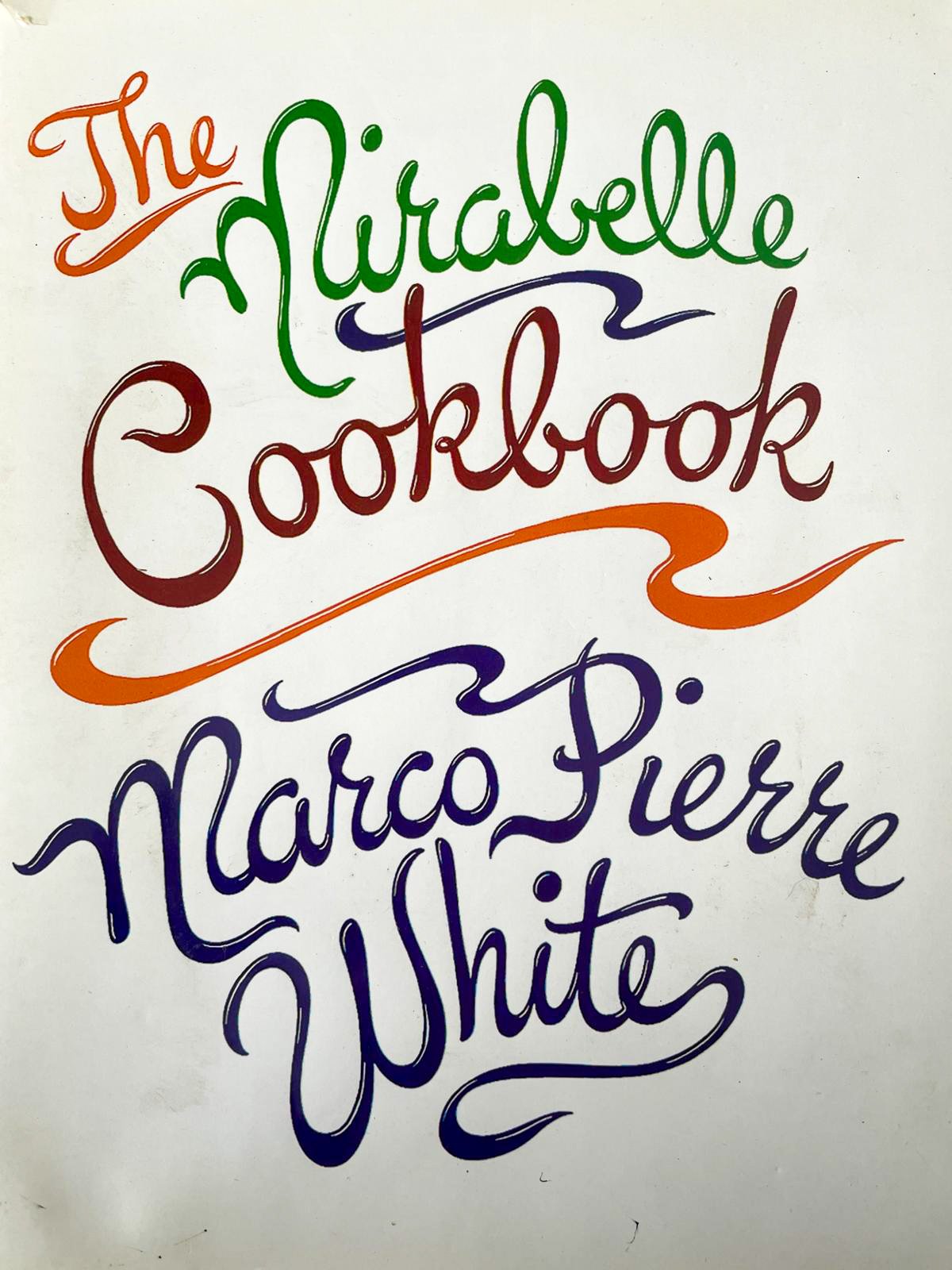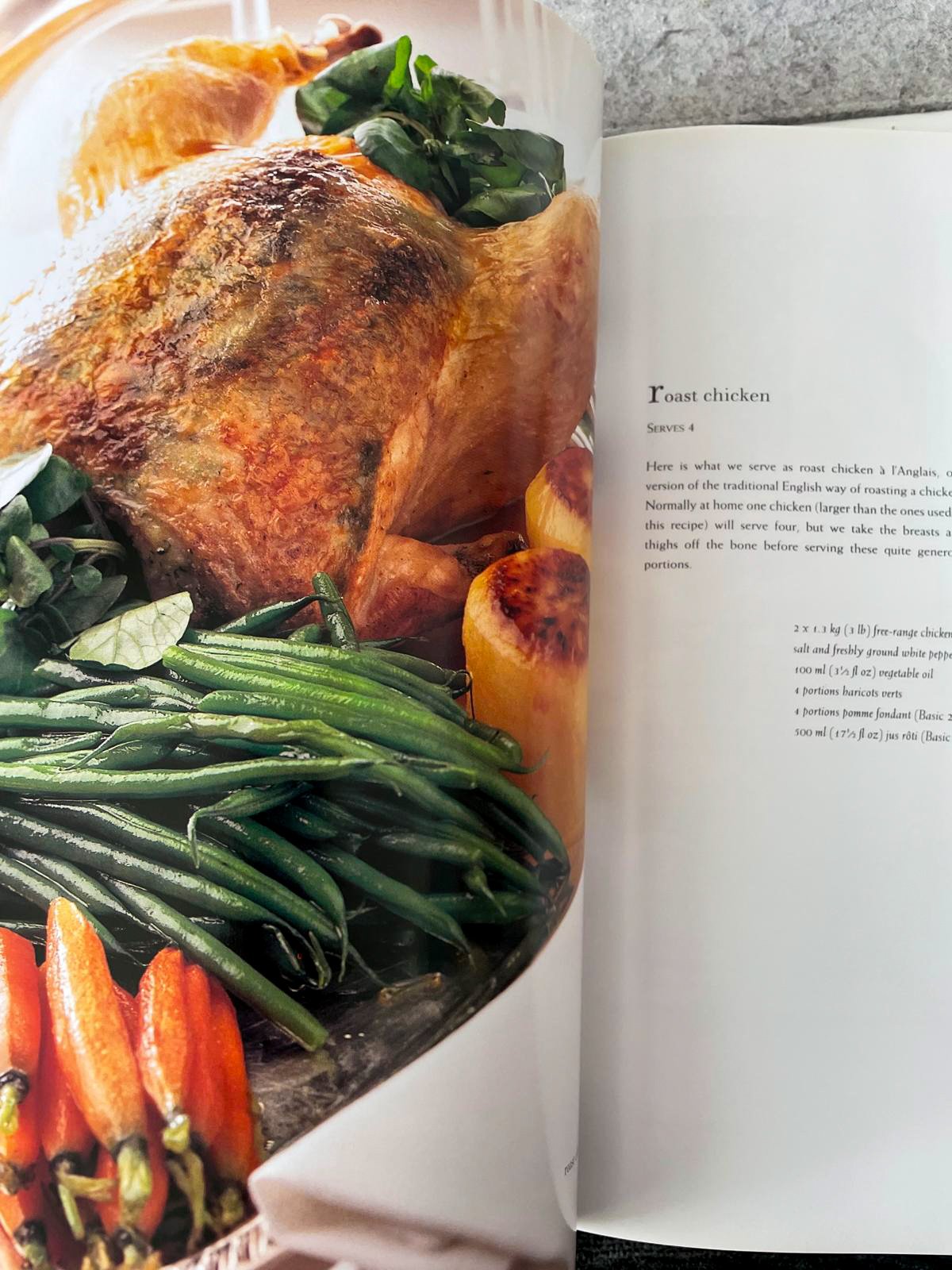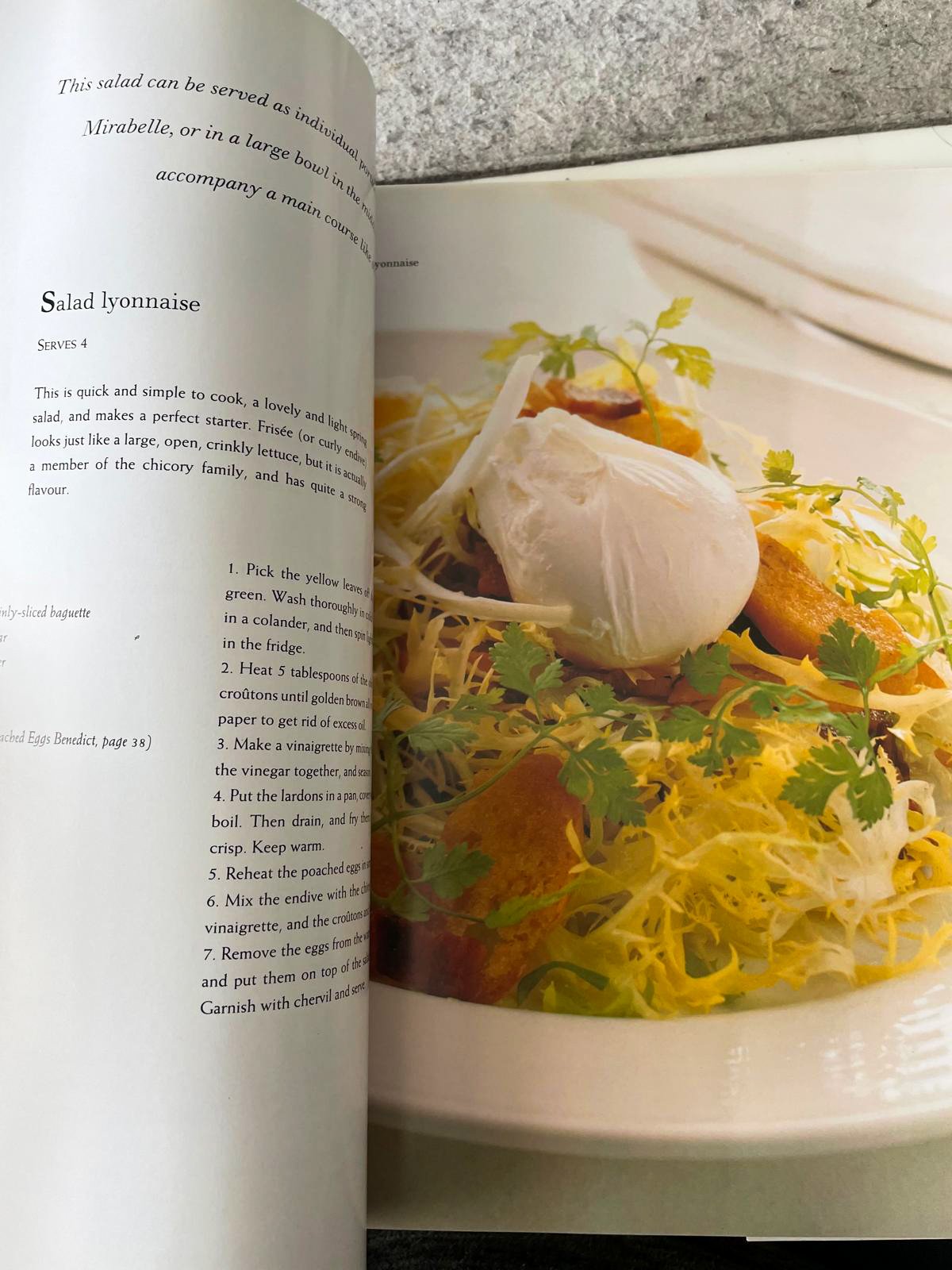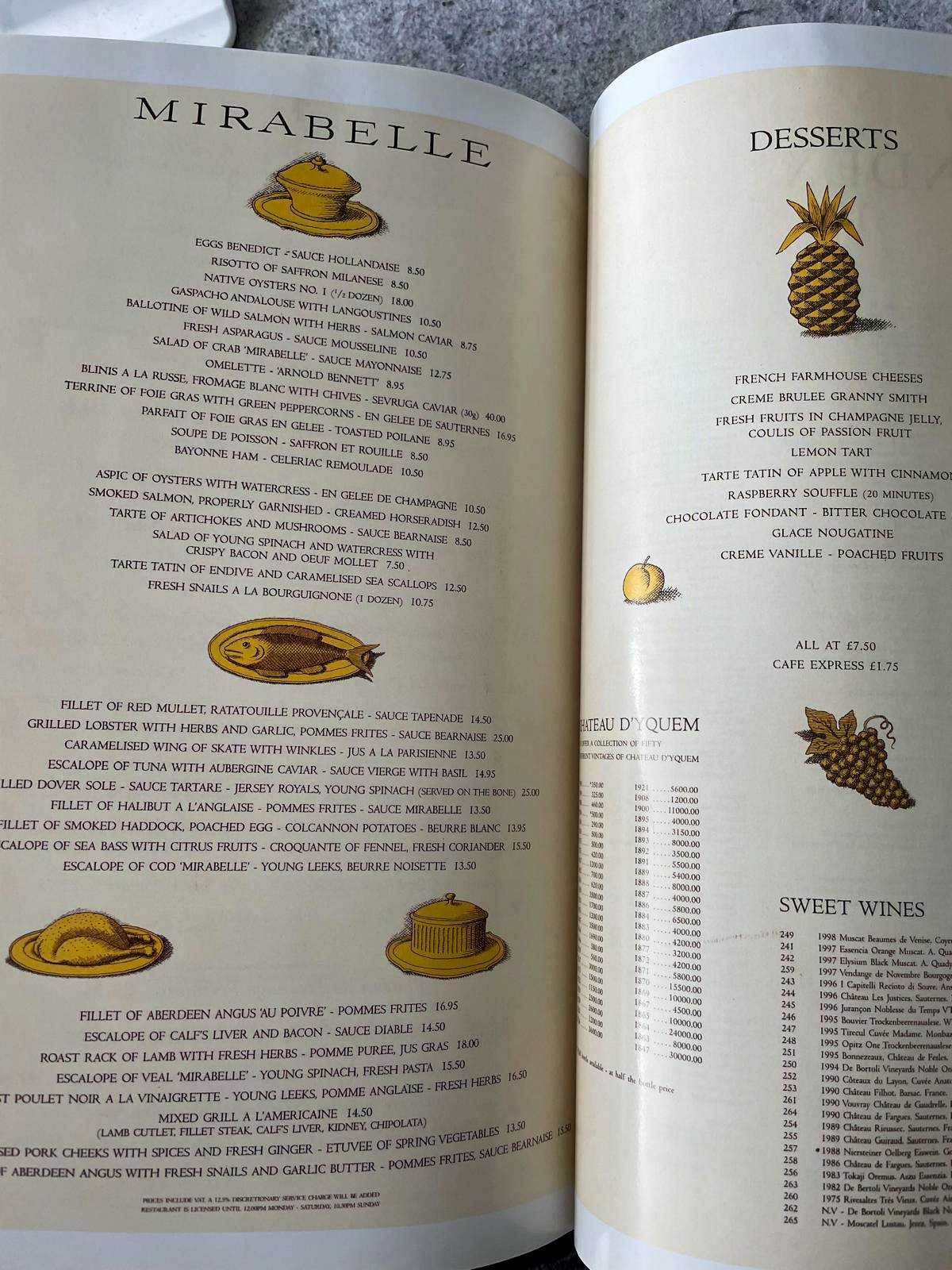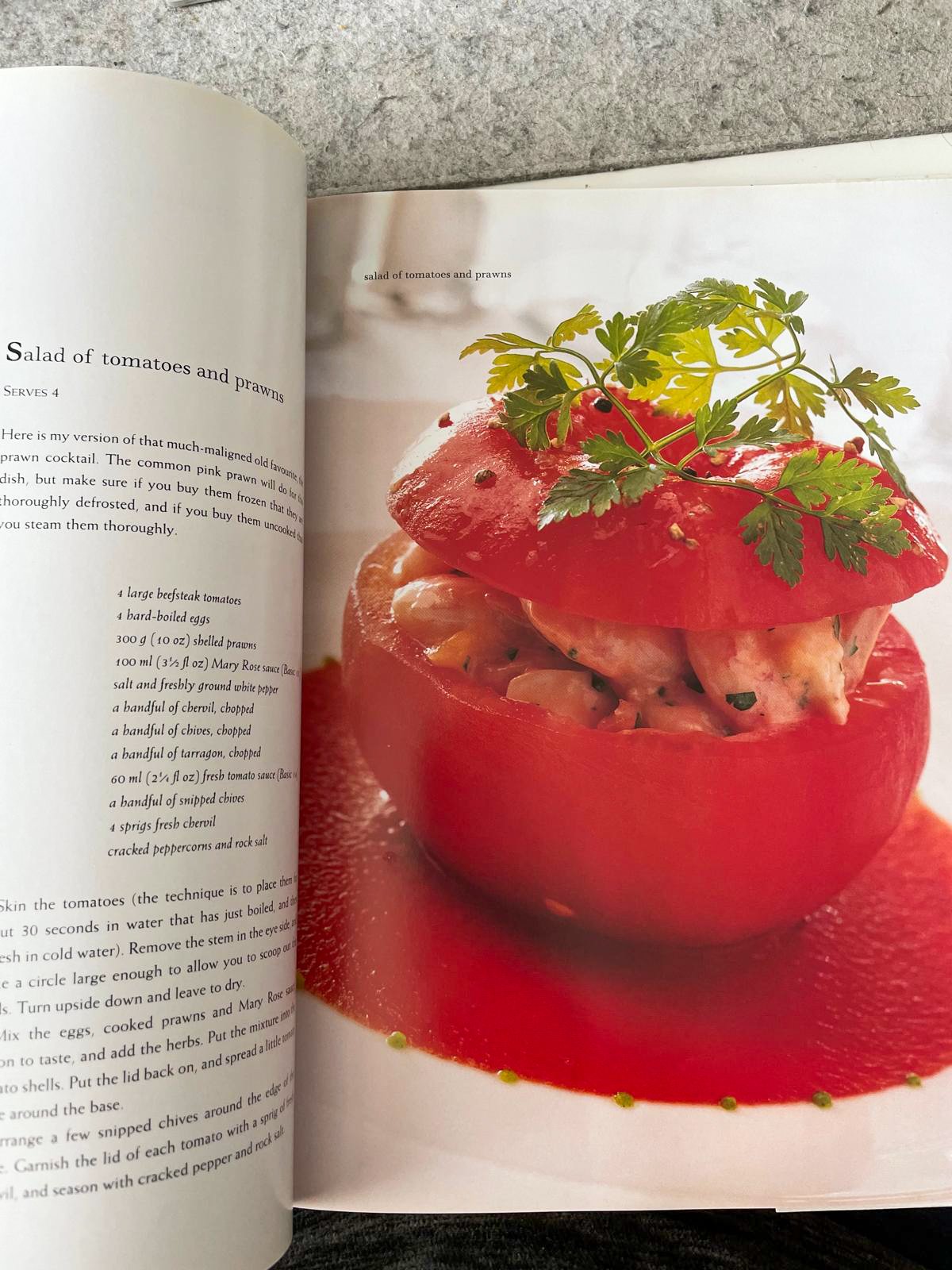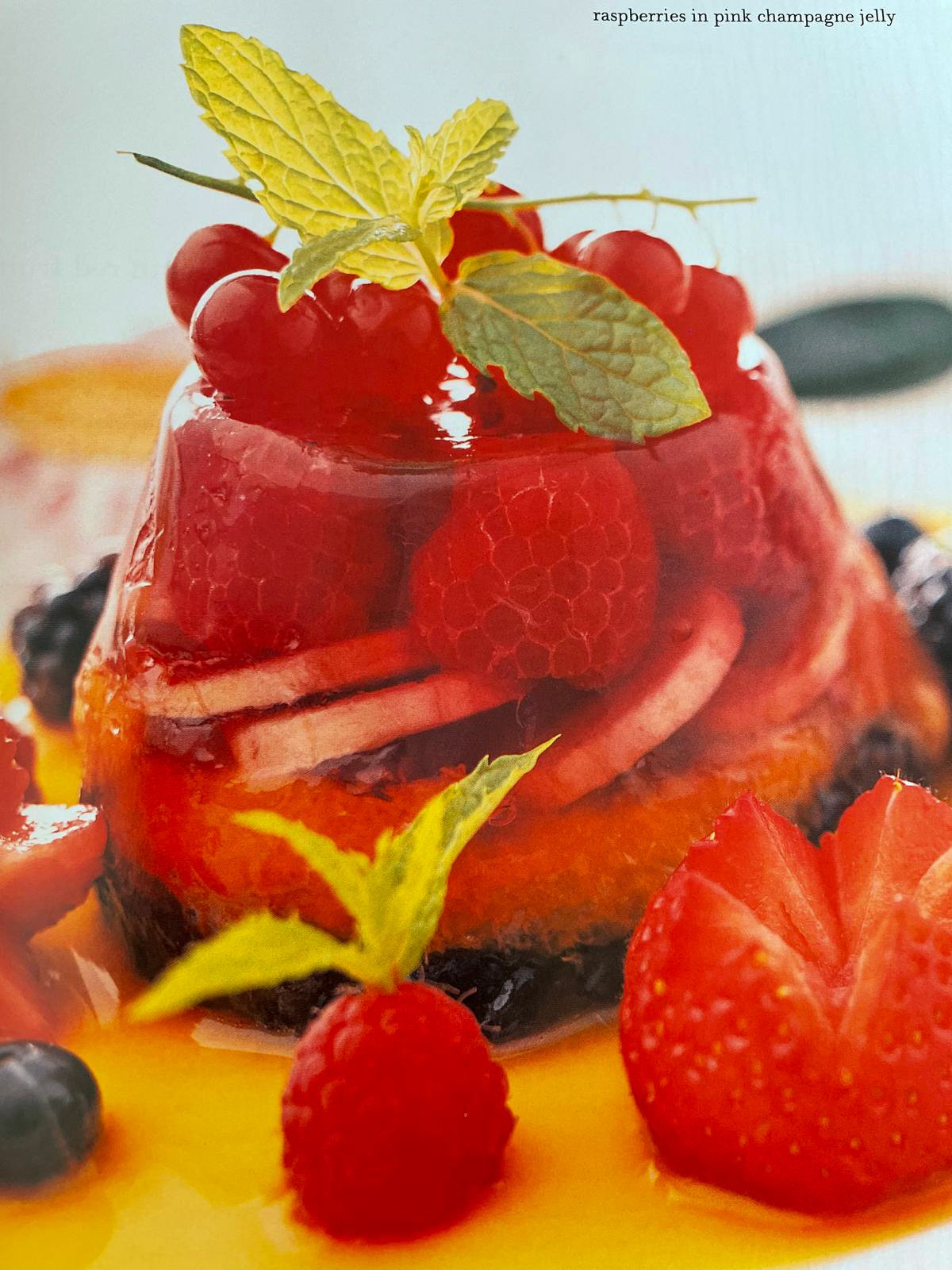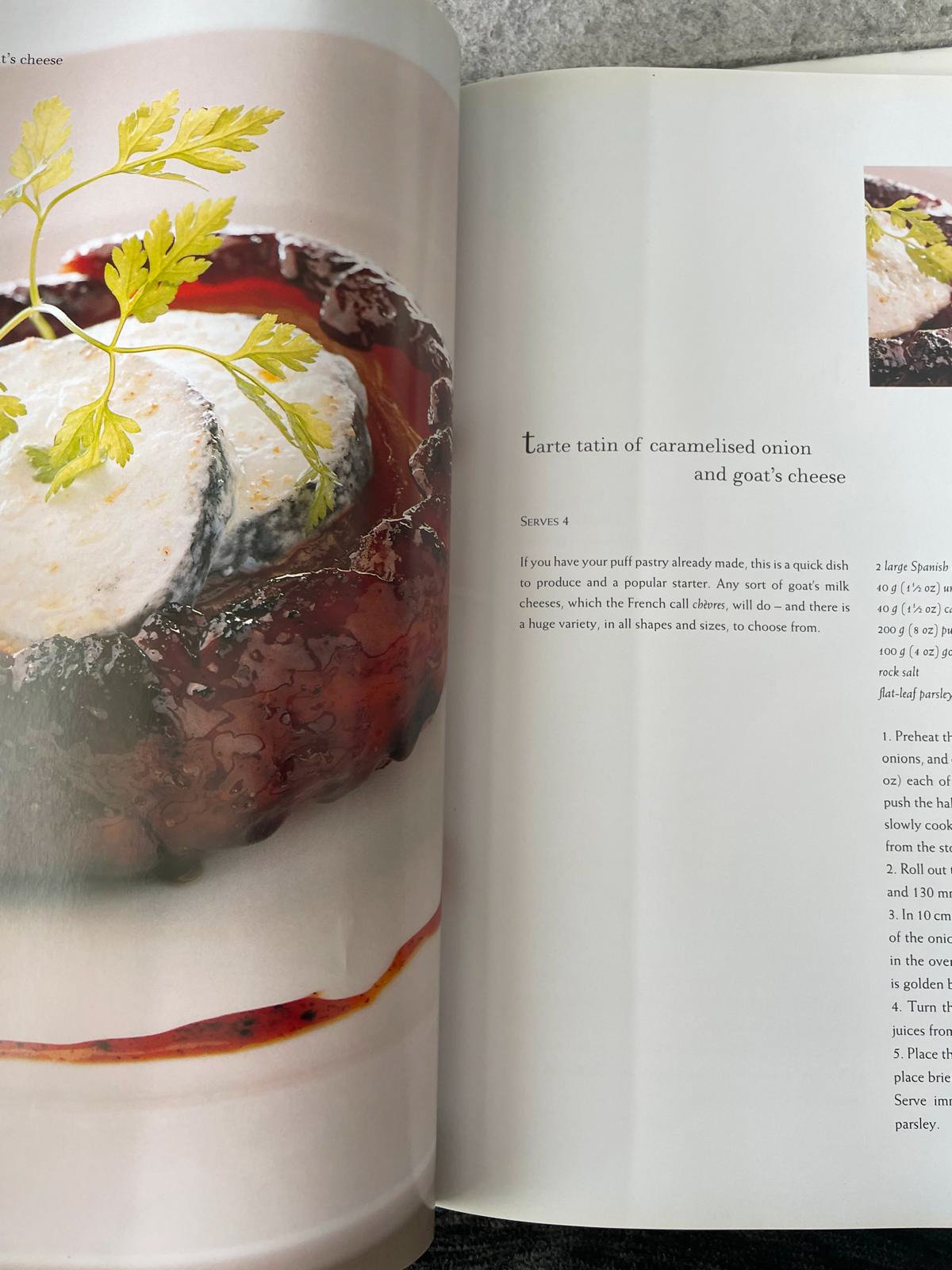My choice of book for you this week is not really a recipe book at all, but a wonderful compendium: ‘The Food of the Scots’ by Alexander Fenton. This book has been such a great read. It is never far from me and is full of interesting facts and figures about what Scots used to eat and drink throughout time.
Until relatively recently, we ate a simple diet of oatcakes, cheese, broth and some meat. Very few wild plants were used, and although crops were grown, it was simple fare. It takes me back to tales from my grandfather, who was sold at a fair in Dundee as fee’d work, to be employed on a farm as a labourer. All his wages were paid to his parents, and he was given lodgings — a very simple straw bed — and food, which consisted of a short menu of potatoes, onions, milk, and sometimes, as young boys, they would be invited into the farmhouse to eat with their employer. Fascinating stuff.
Life was harsh, but records show that if you did have money, you ate quite well — especially at festival times such as Christmas, Beltane, Whitsunday and Easter — when animals were slaughtered and feasts were had. The main diet consisted of oats, which grew easily in a wet and rather damp environment. This book focuses beautifully on what we actually ate throughout history.
Peasemeal was eaten a lot and called brose, although a savoury porridge of oats was also referred to as brose. It was commonly offered around the hearth at most mealtimes, filling children’s tummies and providing a very healthy staple. Beremeal was another grain used, preferred in the Highlands and Islands over oats. A form of barley, it was again a staple — used to make a bannock and served with butter, cheese or honey, perhaps. But there was always a pot of soup simmering away on the hearth.
The wealthy would be eating lots of beef and veal, shellfish, all sorts of game, and spending a lot of money on it too. Cheesemaking was a great way to preserve milk, which happened in the summer months before fridges, so it was vital to preserve as much as possible — even the blood from a freshly slaughtered pig, used to make black pudding.






























